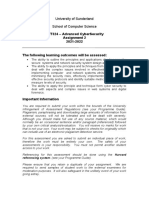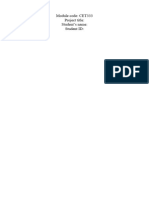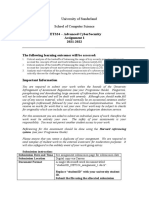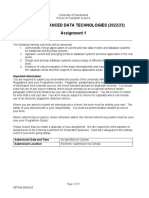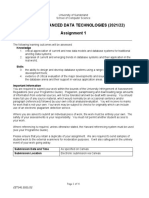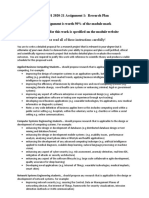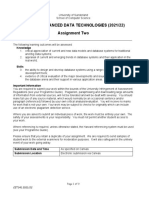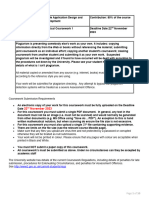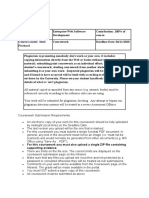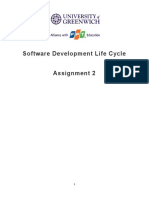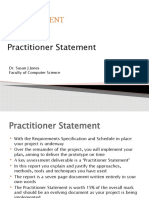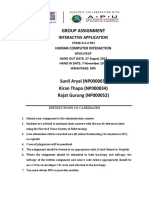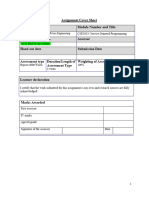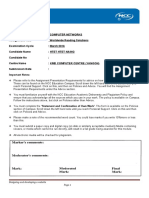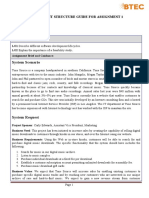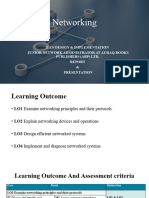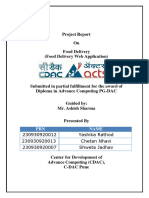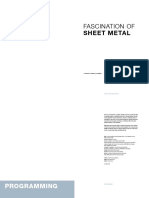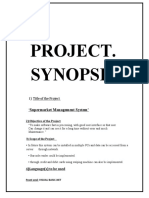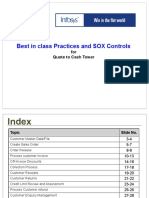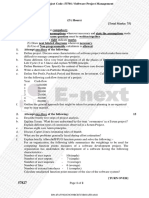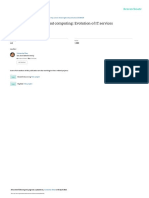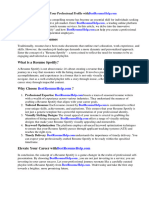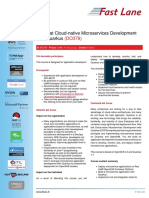0% found this document useful (0 votes)
324 views8 pagesCET333 Assignment 1
This document outlines the requirements and tasks for a product development assessment. Students are to take on the role of an IT consultant and work with a client, their module tutor, to develop a prototype solution for the FunOlympic Games being held in 2022. Depending on their degree program, students will be assigned different scenarios requiring them to design registration systems, mobile apps, data analysis tools, or network infrastructure. The assessment requires students to analyze client needs, develop and test a prototype, document the project professionally, and evaluate the solution with the client.
Uploaded by
Amshu PokharelCopyright
© © All Rights Reserved
We take content rights seriously. If you suspect this is your content, claim it here.
Available Formats
Download as PDF, TXT or read online on Scribd
0% found this document useful (0 votes)
324 views8 pagesCET333 Assignment 1
This document outlines the requirements and tasks for a product development assessment. Students are to take on the role of an IT consultant and work with a client, their module tutor, to develop a prototype solution for the FunOlympic Games being held in 2022. Depending on their degree program, students will be assigned different scenarios requiring them to design registration systems, mobile apps, data analysis tools, or network infrastructure. The assessment requires students to analyze client needs, develop and test a prototype, document the project professionally, and evaluate the solution with the client.
Uploaded by
Amshu PokharelCopyright
© © All Rights Reserved
We take content rights seriously. If you suspect this is your content, claim it here.
Available Formats
Download as PDF, TXT or read online on Scribd
/ 8
